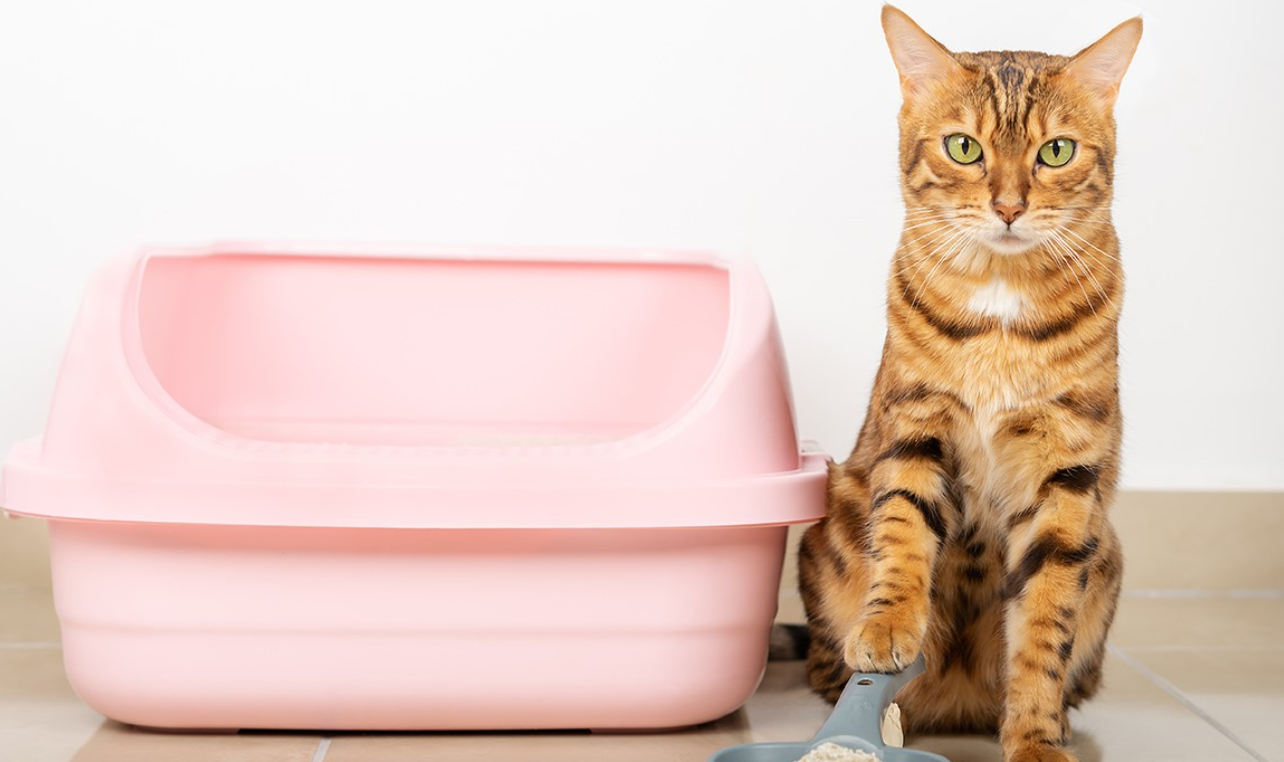Cats are creatures of habit. Their routines and environments are crucial to their comfort and well-being. Therefore, it’s essential to introduce a new litter box with care and understanding. For instance, observing your cat’s preferences can help you make the change easier for them. Whether you’re upgrading to a new product or moving the litter box to a different location, a smooth transition is achievable with patience and the right approach.
Understanding Your Cat’s Preferences
Before diving into the transition process, it’s important to understand your cat’s preferences regarding their litter box. Cats can be quite particular about their bathroom habits. Some prefer covered boxes, while others like open ones. Some cats might have a preference for the type of litter used or the cleanliness of the box. Observing your cat’s behavior can provide valuable insights. Note if they seem uncomfortable with the box, avoid using it, or scratch the sides often.
Choosing the Right Litter Box
When selecting a new litter box, consider your cat’s size, age, and habits. For example, older cats might benefit from a box with lower sides for easy access. Kittens, on the other hand, might appreciate a small, shallow box. If you’re considering a litter box with a lid, ensure it has enough space inside to prevent your cat from feeling cramped. Remember, the aim is to make the new box as inviting and comfortable as possible for your feline friend.
Gradual Introduction to the New Box
Abrupt changes can be stressful for cats. Instead of immediately switching to the new litter box, introduce it gradually. Start by placing the new box next to the old one, allowing your cat to become familiar with its presence. You can also move some used litter from the old box to the new one to encourage your cat to investigate. When your cat becomes more comfortable with the new box, you can begin to transition them fully by removing the old box.
Location Matters
The location of the litter box can significantly influence your cat’s willingness to use it. Cats prefer quiet, private spots where they can do their business without feeling exposed or interrupted. Avoid placing the litter box in high-traffic areas or near noisy appliances. Furthermore, ensure the location is easily accessible for your cat, especially if they’re older or have mobility issues. A quiet corner in the bathroom or a secluded area in the laundry room can be ideal spots.
Maintaining Cleanliness
One of the most common reasons cats avoid their litter boxes is cleanliness. Cats are clean animals and prefer a fresh, clean environment for their bathroom needs. Be sure to scoop the litter box daily and replace the litter as needed. A dirty litter box can deter your cat from using it and may lead to accidents around the house. Regular cleaning not only keeps your cat happy but also helps maintain a healthy environment for both you and your pet.
Encouraging Positive Associations
To help your cat associate the new litter box with positive experiences, consider placing treats or toys near the box. Reward your cat with treats or praise when they use the new box successfully. Positive reinforcement can go a long way in encouraging your cat to adapt to the new litter box. Avoid scolding or punishing your cat if they have accidents during the transition. Instead, be patient and provide gentle guidance to help them adjust.
Monitoring and Adjusting
Once your cat has fully transitioned to the new litter box, continue to monitor their behavior. Watch for any signs of discomfort or reluctance to use the box. If you notice any issues, such as avoiding the box or going outside of it, consider making adjustments. It might be a matter of changing the type of litter, moving the box, or addressing any potential health issues your cat might be experiencing. Additionally, providing multiple litter boxes in different locations can sometimes help resolve issues and offer your cat more options.
A Smooth Transition for Your Feline Friend
Transitioning your cat to a new litter box doesn’t have to be a stressful experience. With patience, understanding, and the right approach, you can make the process smooth and comfortable for your feline friend. Remember to consider your cat’s preferences, choose the right litter box, introduce it gradually, and maintain cleanliness. Encourage positive associations and be attentive to your cat’s needs throughout the transition. When you follow these steps, you can ensure a successful transition and a happy, healthy cat.

